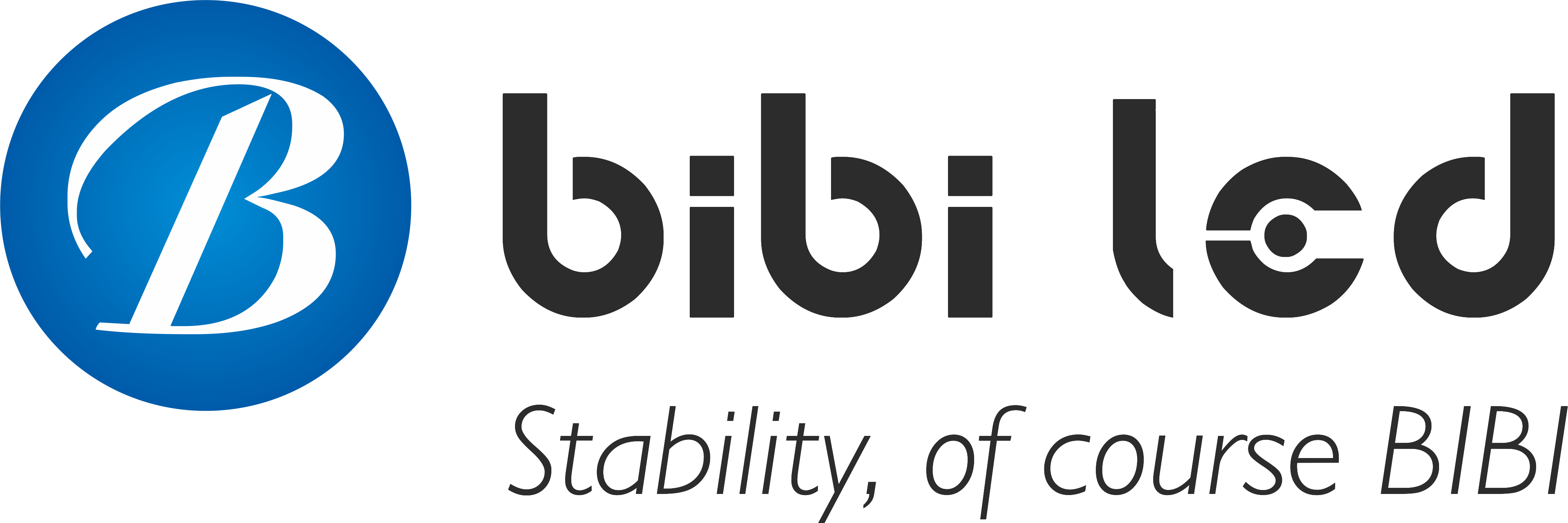Introducción
pantallas led near viaducts have to fight against the scorching sun during the day, penetrate the darkness at night.
And operate stably in the vibration of traffic and electromagnetic interference. What does such an environment mean for a screen?
Tabla de contenido
Interference 1: Strong sunlight and reflection
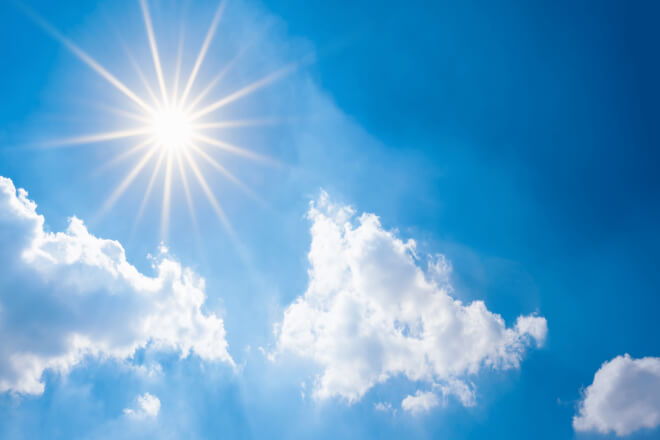
LED screens near viaducts need to pay special attention to the interference of sunlight and reflected light. Viaducts are generally located in relatively open areas in cities.
There are no tall buildings around to block the sun, and the sun shines directly down.
Especially in summer, the temperature is high, and the LED screen is exposed to strong light, so the surface temperature can easily rise.
In this way, the display effect of the screen will definitely be affected, the color may become strange.
El brillo will become dim, the electronic components in the screen may accelerate aging, and the equipment will have to be replaced soon.
Besides, the environment around the viaduct is quite complicated, and there may be many glass curtain wall buildings around, or reflective objects such as water.
Sometimes these reflective light sources are at the wrong angle, which will reflect strong light onto the LED screen, and the content on the screen will become blurred, and the colors will be messed up.
If the reflected light is particularly strong, the screen cannot be seen clearly at all. This situation is particularly common when the sun shines obliquely in the morning and evening, or when the water surface reflects after rain.
This not only causes trouble for drivers and pedestrians but may also cause traffic safety hazards.
In order to avoid these problems, a special anti-reflective coating can be applied to the surface of the LED screen.
This coating can effectively reduce the reflection of external light, so that the screen display effect is not affected by reflected light.
At the same time, it is also good to equip the screen with an automatic brightness adjustment function.
The built-in photosensitive sensor monitors the surrounding light intensity in real time and automatically adjusts the screen brightness, so that the content on the screen can be seen clearly at any time.
In addition, when installing the screen, you can also think more about the position and angle, and try to avoid direct sunlight and places with strong reflected light.
This will not only make the screen clearer but also extend its service life, ensure traffic safety, and make information transmission more effective.
Interference 2: Bridge deck and traffic vibration
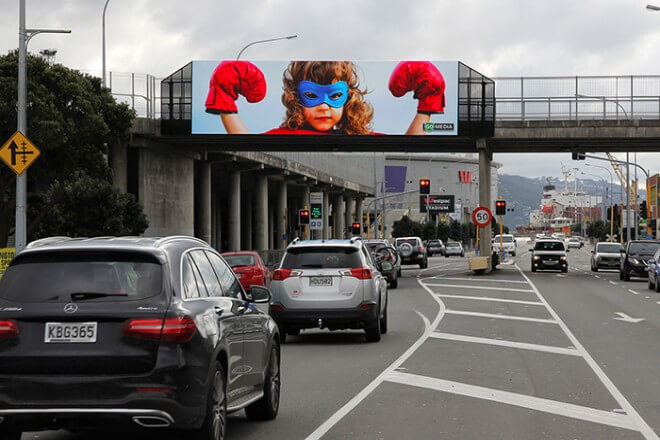
Cars come and go on the viaduct, especially when a large vehicle passes by, the bridge deck will “shake three times”. If this vibration is transmitted to the LED screen, it will be troublesome.
If the screen is not installed firmly or the bracket is not strong enough, the screen may become loose over time, and even the parts may be damaged by the vibration.
Moreover, the electronic components inside cannot withstand this tossing, poor contact, unstable signal transmission, and the screen may flicker or have problems such as screen distortion.
Take the example I saw before, there was an LED screen on the viaduct. Because it was not installed properly, it started to flicker after a while.
At first, everyone thought it was the quality of the screen, but later they found out that it was a vibration problem.
When a large vehicle passed by, the screen shook, and the wires inside were almost broken by the vibration.
This not only affects the display effect, but may also cause the screen to “retire” early, and it is also very troublesome to repair.
To solve this problem, you must first make the screen installation more solid. When installing, use a strong bracket.
Fix the screen firmly on the pier or bridge body, so that it is very stable and will not shake due to vibration. It is like laying a “foundation” for the screen, giving it a solid support.
At the same time, you can do some anti-vibration tips. For example, put a layer of shock-absorbing pads between the screen and the bracket, or use special anti-vibration screws to fix the screen.
These shock-absorbing materials and accessories can buffer vibrations and minimize their impact of vibrations.
The role of the shock-absorbing pad is like putting a layer of “soft armor” on the screen, which can absorb most of the vibration energy and make the screen “stable” inside.
In addition, you can also think more when designing. Some LED screens are specially designed to resist vibration.
And the electronic components inside use a special packaging process to withstand the vibration.
For example, the internal structure of some screens adopts a reinforced design, and the wires and components are fixed more firmly, so that even if there is vibration, it will not easily go wrong.
This is like adding a protective cover to the “heart” of the screen, so that it can work normally in a vibrating environment.
Interference 3: Radio and electromagnetic interference
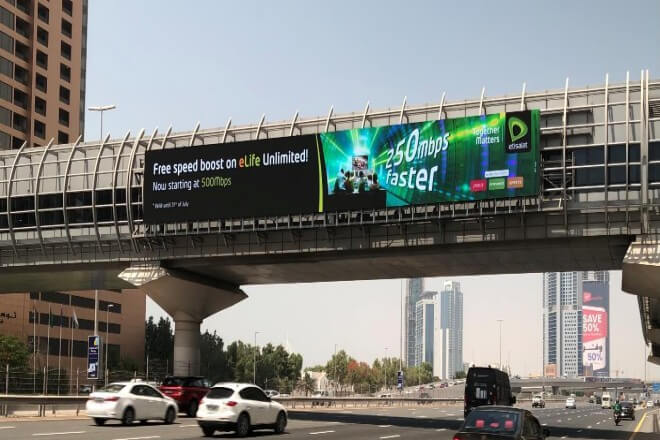
The electromagnetic environment around the viaduct is too complicated. Think about it, there may be various communication base stations, radio stations.
And vehicles coming and going near the viaduct, all of which will generate electromagnetic signals.
The LED screen itself is also an electronic device. If the surrounding electromagnetic signals are too complex, it is easy to be interfered with.
This interference may distort the signal of the LED screen, such as messy lines appearing on the screen, the color suddenly changing, or the picture flickering.
Sometimes, signal transmission may also have problems, such as picture delay or a sudden black screen.
This not only affects the display effect of the screen, but also may make people mistakenly think that the screen is broken.
To solve this problem, we have to start from a technical point of view. First, an anti-interference circuit can be installed in the circuit of the LED screen.
This circuit is like an “electromagnetic shield” that can block external interference signals and make the signal transmission of the screen more stable.
At the same time, anti-EMI (electromagnetic interference) design can also be adopted. Simply put, it is to add some special protection measures to the outer shell and internal circuit design of the screen.
Such as shielding electromagnetic signals with a metal shell, or optimizing the circuit layout to reduce mutual interference between signals.
In this way, even if the surrounding electromagnetic environment is complex, the LED screen can work normally, and the display effect will not be affected.
In short, as long as these anti-interference “armor” are added to the screen, it can be stable in a complex electromagnetic environment.
And the words that should be lit will be lit, and the pictures that should be displayed will be displayed, and it will not be messed up by external interference.
4. Environmental factors and other potential interferences
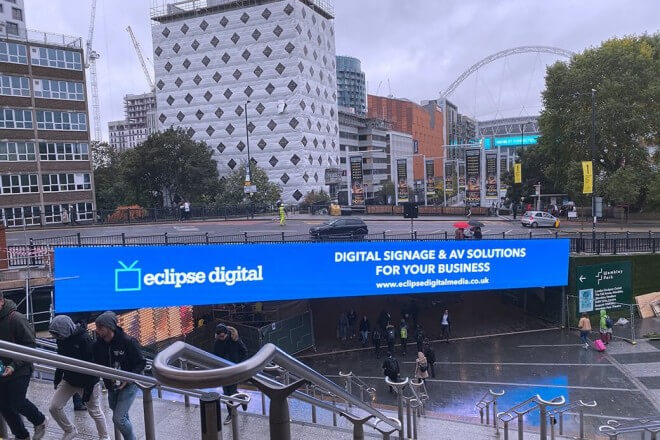
In addition to sunlight, vibration, and electromagnetic interference, the LED screen next to the viaduct has to face various environmental factors and other potential troubles.
First of all, climate factors such as wind and rain are quite troublesome. The viaduct is generally very high.
When the wind blows, the LED screen is like a leaf in the wind, and it is easy to be blown around.
If there is heavy rain, the rain will hit the screen directly. Over time, the screen may be flooded, or the waterproof performance will deteriorate, resulting in a short circuit, a flowery screen, or even direct scrapping.
Moreover, dust will take the opportunity to get into the screen, making the electronic components inside dirty, affecting heat dissipation and performance.
In addition to these natural factors, there are many other infrastructures near the viaduct, such as power lines and communication towers. These guys will also cause trouble for the LED screen.
The electromagnetic field around the power lines may interfere with the signal of the screen.
And the signal of the communication tower may also “fight” with the signal of the LED screen, causing the screen display to be distorted or flickering.
To solve these problems, we must first use special waterproof and dustproof materials for the LED screen.
For example, put a layer of waterproof “raincoat” on the screen so that rain can’t get in.
Then put on a dust-proof “mask” for it, and dust can’t get in. These materials are not only waterproof and dustproof but also windproof, so that the screen can be stable in bad weather.
In addition, for the interference of power lines and communication towers, you can try to avoid these interference sources when installing the LED screen.
If you really can’t avoid it, add some anti-interference equipment to the screen, such as an electromagnetic shielding cover, to block the interference signal outside.
In short, as long as the waterproof, dustproof, windproof, and anti-interference properties are done well.
The LED screen can work well next to the viaduct without worrying about being hit by wind and rain or being interfered with by other equipment.
5. Conclusión
Behind a seemingly ordinary LED screen, there are multiple challenges against nature and technology.
Only by truly understanding these interferences can the screen emit light stably in a complex environment. Every frame of a clear picture you see may have gone through a “battle”.
Finalmente, si quieres saber más sobre las pantallas LED, Por favor póngase en contacto con nosotros.
